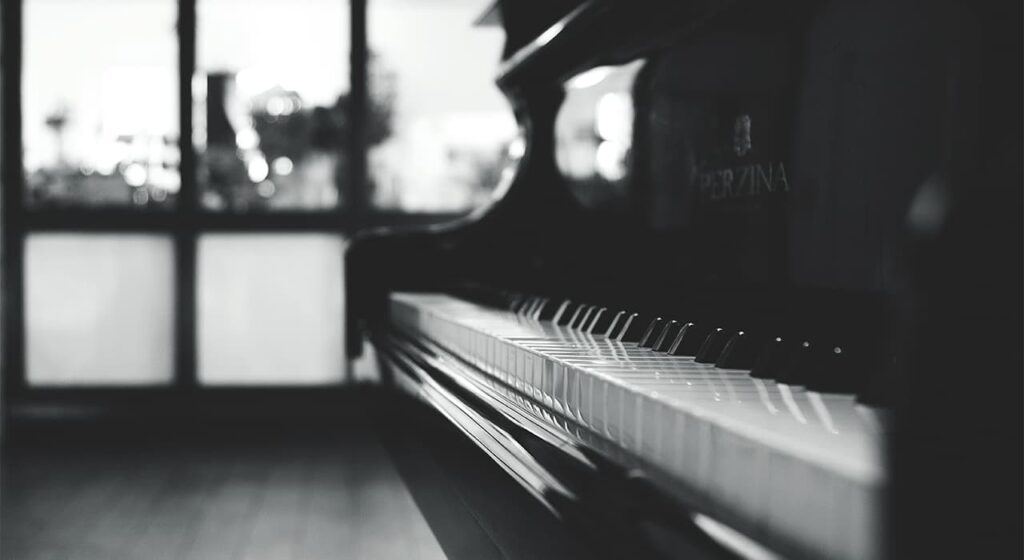The beginning of the Renaissance in music is not as clearly marked as the beginning of the Renaissance in the other arts, and, unlike the other arts, it began not in Italy but in Northern Europe, especially in the territory now including central and northern France, the Netherlands and Belgium. The style of Burgundian composers, as the first generation of the Franco-Flemish school is known, was at first a reaction to the excessive complexity and mannerism of the late 14th century ars subtilior style and contained clear, singing melody and balanced polyphony in all voices. The most famous composers of the Burgundian school of the mid-15th century were Guillaume Dufet, Gilles Benshois, and Antoine Busnois.
By the mid-15th century, composers and singers from the Netherlands and surrounding territories began to spread throughout Europe, especially to Italy, where they were employed by the papal chapel and aristocratic patrons of the arts (such as the Medici, Este and Sforza families). They carried with them their own style: smooth polyphony that could be adapted for spiritual or secular use as needed. The main forms of sacred music composition at that time were the mass, motet, and laude; secular forms included the chanson, frottola, and later madrigal.
The invention of printing had a tremendous impact on the dissemination of musical works. styles and, together with the Franco-Flemish musicians’ movement, helped to create the first truly international style in European music since the unification of Gregorian chant under Charlemagne. Among the composers of the middle generation of the Franco-Flemish school were Johannes Ockeghem, who wrote music in a complex counterpoint style, with varied texture and careful use of canonical techniques; Jakob Obrecht, one of the most famous composers of the masses in the last decades of the 15th century; and Josquin de Pré, probably the most famous composer in Europe before Palestrina, and who in the 16th century was known as one of the great artists in any form. Music of the generation after Josquin explored the increasing complexity of counterpoint ; perhaps most strikingly expressed in the music of Nicholas Gombert, whose counterpoint complexities influenced early instrumental music such as canzona and ricercar, eventually leading to Baroque fugal forms.
By the middle of the sixteenth century, the international style began to break down, and several highly diverse stylistic trends became apparent: A tendency toward simplicity in sacred music, as was directed by the Counter-Reformation of the Cathedral of Trent, embodied in the music of Giovanni Pierluigi da Palestrina ; the tendency toward complexity and chromaticism in madrigals, which reached its extreme expression in the avant-garde style of the Ferrara School of Luzzaschi and the madrigalist of the late century, Carlo Gesualdo ; and the grand, sonorous music of the Venetian School, which used the architecture of the Basilica of San Marco di Venezia to create antiphonal contrasts. Music of the Venetian School included the development of orchestration, ornamental instrumental parts, and continuo bass parts, all of which took place over several decades around 1600.
By the end of the century, most parts of Europe had active and well-differentiated musical traditions. In England, composers such as Thomas Tallis and William Byrd wrote spiritual music in a style similar to that written on the continent, while an active group of homegrown madrigalists adapted the Italian form. to the taste of the English: notable composers included Thomas Morley, John Wilby, and Thomas Velkes. Spain developed its own instrumental and vocal styles: Thomas Luis de Victoria wrote exquisite music similar to that of Palestrina, and many other composers wrote for the new guitar.
One of the most revolutionary movements of the era took place in Fentilor in the 1570s and 1580s through the work of a Florentine chamber who, ironically, had a reactionary intent: dissatisfied with what they saw as modern musical vices, they were to restore the music of the ancient Greeks. Chief among them were Vincenzo Galileo, father of the astronomer, and Giulio Caccini. The fruit of their labor was a declamatory melodic style of singing known as monody, and a corresponding stage dramatic form: the form known today as opera.
Music prior to 1600 was modal rather than tonal. Some theoretical developments in the late sixteenth century, such as Josepho Zarlino and Franchinus Gafurius’ writings on modal scales, created directly to the development of common practice. tonality. Major and minor scales began to dominate the old church harmonies, a feature that was at first most evident in the cadential points of the compositions, but gradually became widespread. Music after 1600, beginning with Baroque tonal music, is often referred to as belonging to the period of common practice.
